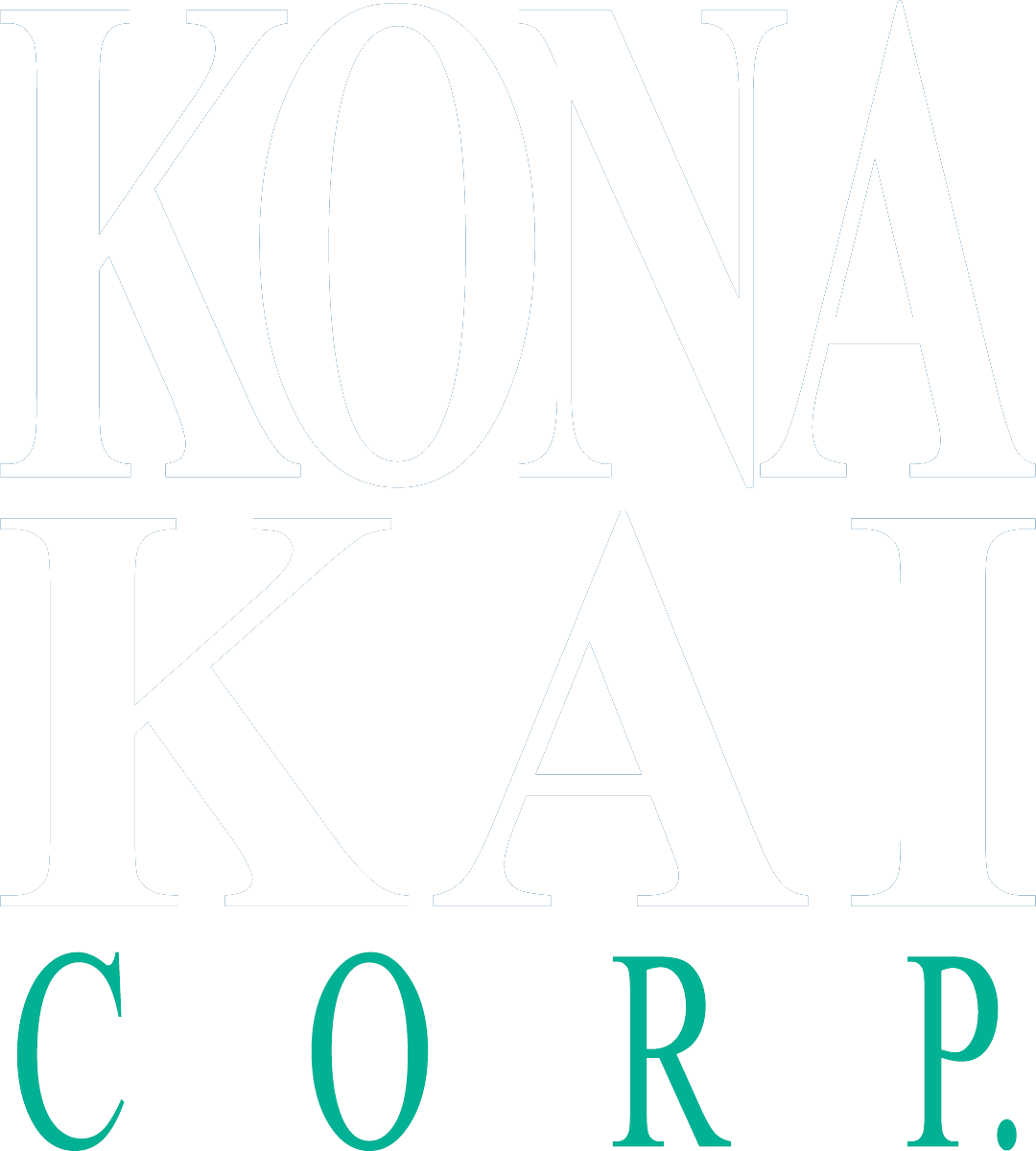Agile CRM Implementation: A Blueprint for IT Leaders
IT leaders are under increasing pressure to deliver solutions that not only meet the immediate needs of their organizations but also remain adaptable to future challenges. One of the most critical systems in modern businesses is Customer Relationship Management (CRM), but traditional CRM implementations often fall short due to their rigidity and lengthy timelines. This is where Agile implementation comes in—a flexible, iterative approach that enables quicker rollouts, continuous feedback, and improved outcomes.
Why Agile for CRM Implementation?
Agile methodologies prioritize speed, flexibility, and collaboration—core values that address many of the challenges IT leaders face in CRM projects. Adopting an Agile approach is advantageous for CRM implementation:
- Accelerated Delivery: Agile breaks down the project into manageable sprints, enabling faster deployment of essential CRM features, often within weeks. This also allows for an earlier and more manageable initial release while allowing the team to adapt their thinking to the newer technology.
- Continuous Adaptation: Agile allows for ongoing adjustments as new requirements or challenges emerge, ensuring the CRM remains aligned with evolving business needs.
- Enhanced Stakeholder Engagement: Agile fosters continuous collaboration between IT, sales, marketing, and customer service teams, ensuring that the system works for all departments.
- Risk Mitigation: By delivering smaller, incremental updates, Agile reduces the risk of large-scale failures often seen in traditional CRM implementations. Iterative delivery also allows for better outcomes as participants continually learn more about the new technology as the sprint cadence continues.
A Step-by-Step Blueprint for Agile CRM Implementation
1. Establish a Clear Vision and Objectives
Before jumping into the Agile process, it’s crucial to define what success looks like. What are the primary goals of your CRM implementation? Do you aim to increase sales efficiency, improve customer support, or boost customer retention? Identifying clear, measurable objectives will serve as a guidepost throughout the project.
2. Assemble a Cross-Functional Team
An Agile CRM project thrives on collaboration. Form a team that includes members from key departments—IT, sales, marketing, and customer service—who will contribute to the CRM design, development, and testing phases. This cross-functional team ensures that the CRM will meet the needs of all business units, while also creating champions for user adoption.
3. Adopt Agile Frameworks (Scrum or Kanban)
Select an Agile framework that aligns with your organization’s working style. Many IT leaders prefer Scrum for CRM implementation due to its sprint-based approach, which breaks the project into 2-4 week cycles. Kanban may also work well for teams that prefer continuous delivery and fewer structured timeframes.
4. Prioritize Features Based on Business Needs
With Agile, you don’t need to launch the entire CRM at once. Instead, identify the highest-value features that will deliver quick wins and prioritize them for early sprints. For example:
- Phase 1 could focus on core CRM functionalities, such as contact management and pipeline tracking.
- Phase 2 might enhance these capabilities with more feature functionality while introducing new capabilities as more data becomes available.
- Phase 3 can enhance reporting and analytics, enabling business leaders to gain insights faster.
- Later phases can incorporate automation, AI-driven customer insights, or integrations with additional business systems.
5. Iterative Development and Regular Feedback
Agile thrives on iteration. After each sprint, review progress with stakeholders, gather feedback, and refine the system accordingly. This ensures that each iteration brings you closer to a CRM that genuinely meets the needs of your business and your customers.
6. Test, Deploy, and Train Continuously
Testing should be embedded throughout the development process, not just at the end. Regular testing ensures that new features integrate smoothly with existing systems. Once a feature or set of features is ready, roll them out incrementally, allowing teams to adapt and provide feedback. Simultaneously, offer training to users to maximize adoption and efficiency.
7. Monitor Performance and Refine
Post-implementation, Agile principles still apply. Continuously monitor how the CRM is being used, track KPIs, and solicit user feedback. This data-driven approach will help IT leaders make informed decisions about future enhancements or optimizations. Always maintain a prioritized backlog of enhancements and needed capabilities to stay ahead of ongoing infrastructure or regulatory changes.
Not just a trend; a strategic shift
For IT leaders, Agile CRM implementation provides a pathway to deliver high-quality, adaptable, and user-focused CRM systems quickly. By embracing Agile methodologies, IT departments can meet their organizations’ needs more effectively, minimizing risk and maximizing value. The iterative process also ensures that the CRM evolves alongside the business, making it a long-term asset, not just a short-term solution.
Agile methodologies can help IT leaders deliver greater value, faster. Ready to start your Agile CRM journey? Let’s build a system that works for you, not against you.
INSIGHTS












